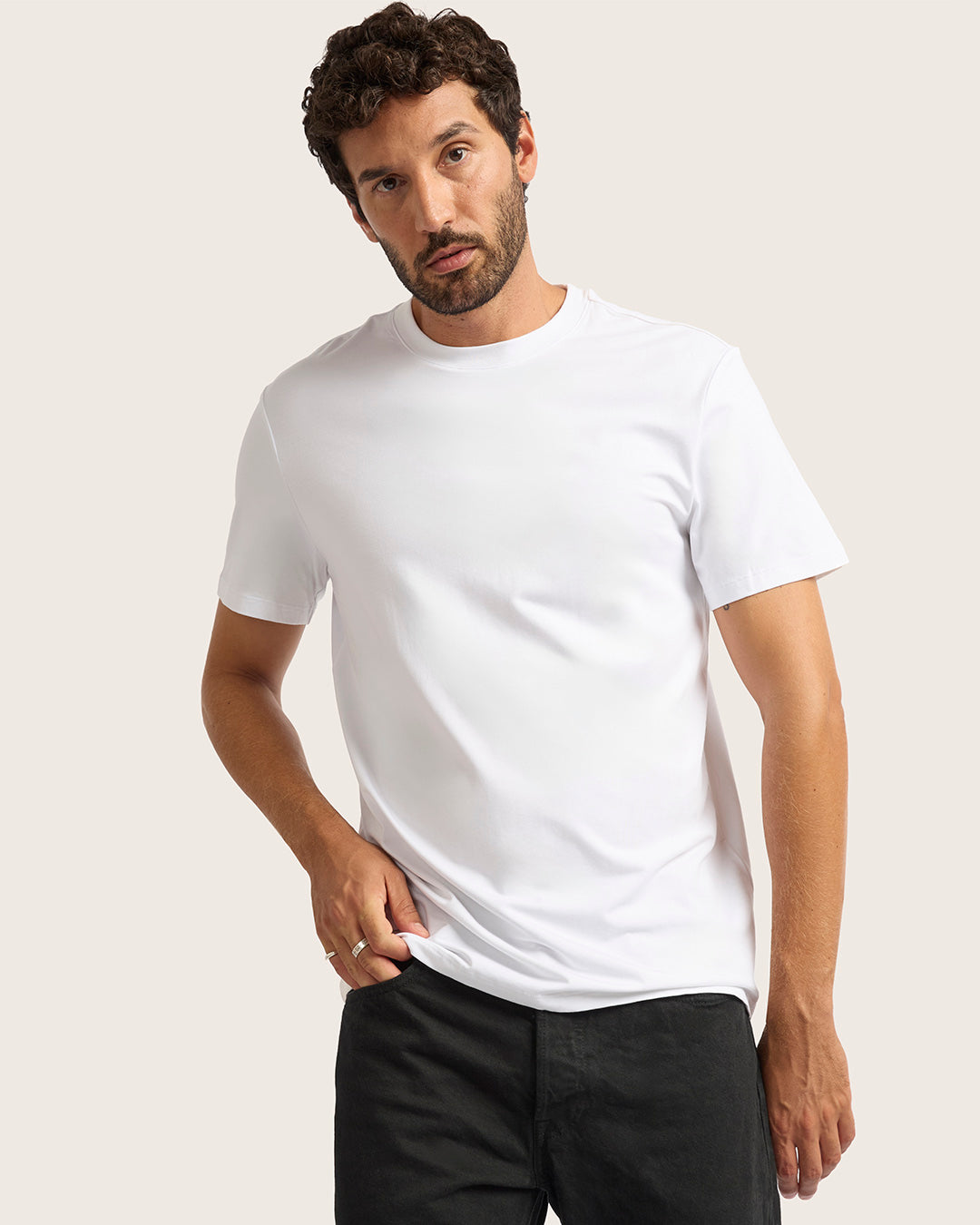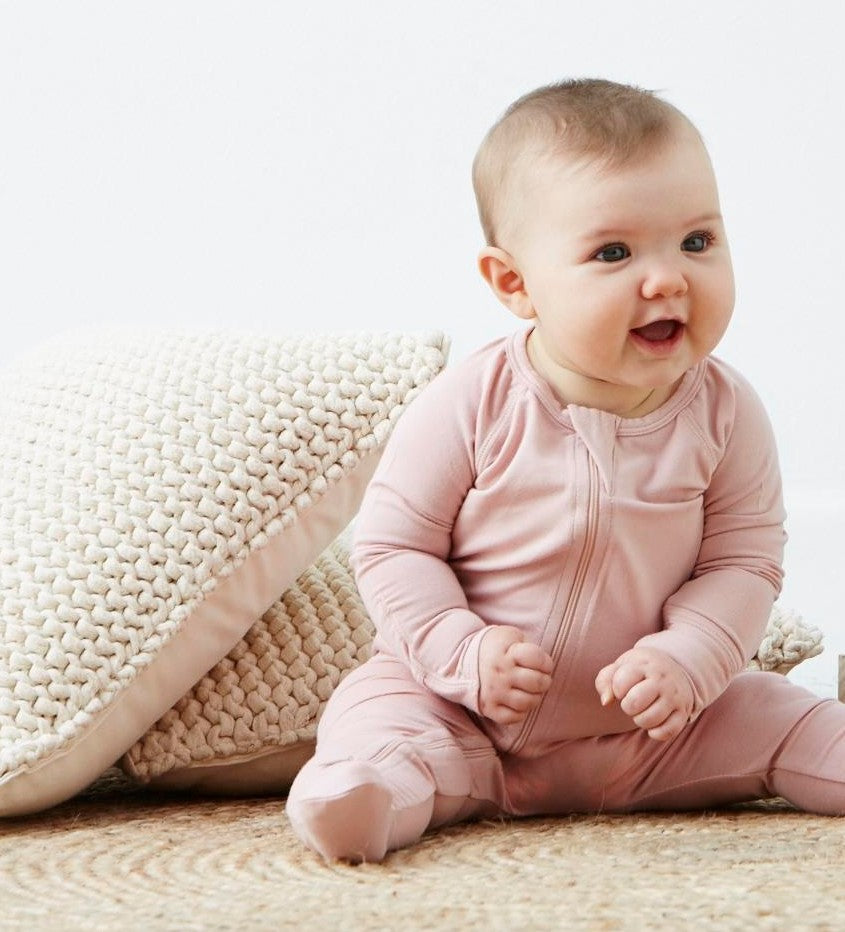Affordable, stylish, eco-friendly and complete with all the essentials (and some), what more do we need in a home? While the trend in modern society says “bigger is better”, the age-old notion of “less is more” is making a comeback and shifting lifestyles towards the tiny life philosophy.
Emanating simplicity and a sense of freedom from the clutter that surrounds us, it isn’t difficult to embrace the charming qualities of the tiny home movement. As unconventional as it might sound to live in a 6.5 X 2.5m mobile home, these offbeat cottages propose numerous benefits – both for you and our planet.

The J Bay, The Wanderlust Co.
The tiny house movement is encompassed by the greater perspective of minimalism: the intentional promotion of the things we most value and the removal of everything that distracts us from it. Living in a small container may not initially sound all that appealing, but if you pause for a moment to take stock of all the many moving pieces in your world, it may be easier to appreciate:
Close your eyes or allow yourself to disconnect from the busyness around you for a moment. Think of all the material things that occupy your space; that demand your attention and draw from your energy: the people, the technology, the appliances, the deadlines and to-do lists. The fast pace of life has an extraordinary ability to propel you forward and energise you towards action, while nurturing an ever-present state of adrenaline and arousal; a never-subsiding sense of stress that we become accustomed to and, in many ways, wouldn’t know how to live without.
We work hard to afford bigger houses than we need and then we continue to work so that we can fill our houses with more stuff.
Tiny homes are purpose-built, moveable and promote energy-efficient, sustainable living. Everything around you serves a purpose and holds value. Clutter and excess has no place in a tiny home, and in many ways – the physical clarity that surrounds you infiltrates into your mental and emotional states.
In a time where the acknowledgement of our carbon footprints has never been more important these quirky homes make it possible for the everyday person to make a difference, reduce expenses and embrace the present.
The exciting part about this lifestyle? There are some awesome local companies making these “green” dream homes accessible to the South African market - one beautiful container at a time.
The Wanderlust Co. is headed by a team who design and manufacture tiny movable homes, with environmentally friendly features and contemporary aesthetic value. Each home makes ‘going green’ achievable for everyone and can be fitted with solar panels and infiltration systems. From beautiful bathrooms and open-plan living, to bookshelves and a loft bedroom, luxury meets necessity in their four tiny home models. The J Bay, The Maluti, The Sheffield and The Sabi can each sleep up to 6 people, are mobile, and can be as off the grid (or not) as you would like.

The Sheffield, The Wanderlust Co.
If you need any more convincing, here are some more reasons to adopt a minimalist mindset and downsizing your home:
Fewer Possessions, Less Waste
Living in a tiny house means less space and fewer possessions. Although this may seem like a big leap for many people, those who have done it often report it as one of the best decisions they’ve ever made. You begin to value your space over your possessions, and end up having a smaller collection of meaningful, useful items, instead of a house full of articles you barely remember you have and hardly ever use.
Lower Expenses
A tiny house costs a lot less to build than a full-sized one, and a fraction of the cost to maintain month-to-month. Cutting back on the actual housing expense, home owners have more choice to spend their money on things they value, or if to spend at all. Whether it is luxury pieces in their home, increased travel, working less or saving what they would’ve spent on a bond every month to put towards their retirement, the affordability of these homes - when contrasted to the typical big-home equivalent – is a huge selling point.
Freedom of Movement
The ability to travel from beautiful spot to interesting place with everything that you need hooked up as a trailer makes this a perfect option for the adventurous spirit or travelling nomad.
Environmental Impact
With a long list of environmental benefits, you may not need any more convincing beyond the following reasons:
Perhaps a tiny house's largest impact is due to its reduced energy use. According to a recent study 86% of the total environmental impact of any house is due to its energy use. This includes space heating, water heating, and lighting. As far as carbon dioxide emissions go, tiny homes emit around 900kg of CO² a year, in comparison to a whopping 12 700kg from an average-sized home, according to a study by Colby College in the United States.
Each item that fills a house also has its own carbon footprint and environmental impact. From extraction and fabrication to packaging and transport, your own footprint on the earth becomes lighter and lighter, the less you buy.
Small houses use fewer building materials (by a significant margin), which means less fuel used for the production of materials, transport and building.
Increased connection to the environment may not seem to be directly related to a reduction in your environmental impact, but its effects can be long-lasting and widespread. The small area of a tiny home makes it necessary to use the outdoors as a second living space, increasing your awareness of the natural world that you are connected to and rely upon. This awareness transcends your home life, and each action you make becomes contextualised within the interdependency between people and the earth. Prioritising the environment becomes second-nature as you interact with it on a more meaningful level, making it easier to adopt an eco-friendly perspective and choose eco-conscious alternatives.
Get Inspired by the Tiny House
The strength of the tiny house movement is its simplicity. This lifestyle may not be practical for everyone, but there are easy lessons you can apply in your own regular-sized home from this movement. Consider reducing your energy usage, buying fewer material items, choosing green building materials, and spending more time outdoors. Tiny houses are an answer to living in a more environmentally friendly way, but they are not the only one – be inspired towards minimalism and focus on building an environment surrounded by meaning and purpose, and check out The Wanderlust Co. on Facebook for some great ideas.

The Wanderlust Co.
You may also like

When a loved one is diagnosed with breast cancer, it can be hard to know what to do or say. You want to help, but the journey is so personal that it’s natural to feel unsure. The truth is support d...

October is Breast Cancer Awareness Month When you think about breast cancer recovery, what comes to mind first? For many, it’s the treatments, the check-ups, or the support of loved ones. But...

Whether you’re buying your first or five-hundredth bra, finding the right size can be a pain. Too tight, and you’ll face itchy straps and poking wires. Too loose, and you’ll have zero support and f...







Leave a comment
All comments are moderated before being published.
This site is protected by hCaptcha and the hCaptcha Privacy Policy and Terms of Service apply.